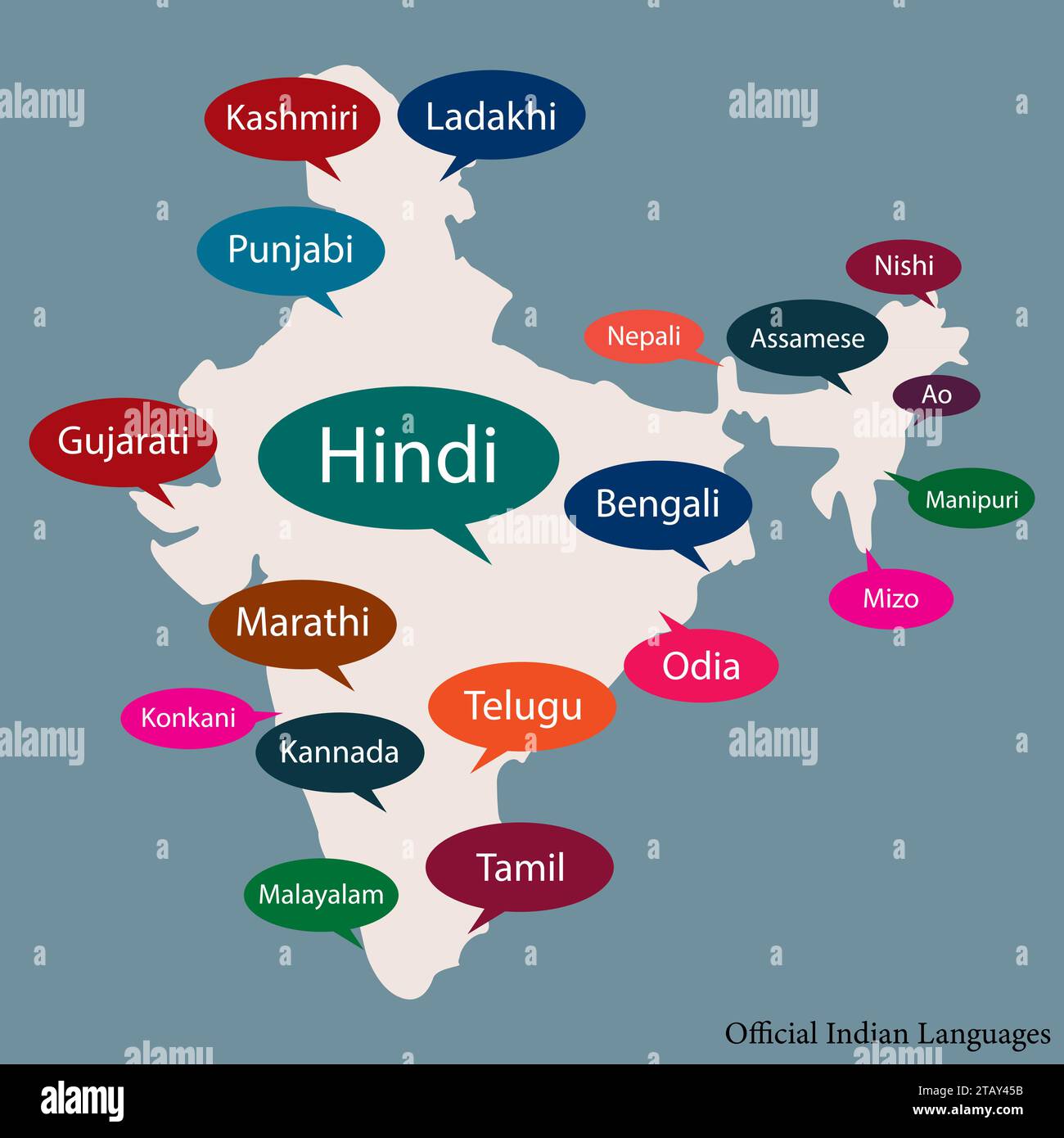The Protocol of Greatness (novel)
Liquid Computing: The Future of Human-Tech Symbiosis
Velocity Money: Crypto, Karma, and the End of Traditional Economics
The Next Decade of Biotech: Convergence, Innovation, and Transformation
Beyond Motion: How Robots Will Redefine The Art Of Movement
ChatGPT For Business: A Workbook
Becoming an AI-First Organization
Quantum Computing: Applications And Implications
Challenges In AI Safety
AI-Era Social Network: Reimagined for Truth, Trust & Transformation
Remote Work Productivity Hacks
How to Make Money with AI Tools
AI for Beginners
Listen to "The Kalkiist Manifesto: A Vision for Global Harmony" by Paramendra's Books https://t.co/2gIdgwmoTw. https://t.co/SeHqfldkDt
— Paramendra Kumar Bhagat (@paramendra) July 28, 2025
There are plenty of people in Africa, in India. Some want to come over. Let them.
— Paramendra Kumar Bhagat (@paramendra) July 28, 2025
Listen to "Kalkiism: Nepal's Cashless Revolution for Equity" by Paramendra's Books https://t.co/2gIdgwlR3Y. https://t.co/gWTbjqXDuy
— Paramendra Kumar Bhagat (@paramendra) July 28, 2025
Listen to "🔮Quantum Computing: Applications, Implications, and Challenges" by Paramendra's Books https://t.co/2gIdgwlR3Y. https://t.co/ctNivqrd2G
— Paramendra Kumar Bhagat (@paramendra) July 28, 2025
The Protocol of Greatness (novel)
Liquid Computing: The Future of Human-Tech Symbiosis
Velocity Money: Crypto, Karma, and the End of Traditional Economics
The Next Decade of Biotech: Convergence, Innovation, and Transformation
Beyond Motion: How Robots Will Redefine The Art Of Movement
ChatGPT For Business: A Workbook
Becoming an AI-First Organization
Quantum Computing: Applications And Implications
Challenges In AI Safety
AI-Era Social Network: Reimagined for Truth, Trust & Transformation
Remote Work Productivity Hacks
How to Make Money with AI Tools
AI for Beginners
The World Economy Is on the Brink of Epochal Change Capitalism’s operating system is due for a major upgrade. How that turns out depends on enormously consequential political choices. .......... The world economy is like a supercomputer that churns through trillions of calculations of prices and quantities, and spits out information on incomes, wealth, profits, and jobs. This is effectively how capitalism works—as a highly efficient information-processing system. To do that job, like any computer, capitalism runs on both hardware and software. The hardware is the markets, institutions, and regulatory regimes that make up the economy. The software is the governing economic ideas of the day—in essence, what society has decided the economy is for. ........... Most of the time, the computer works quite well. But now and then, it crashes. Usually when that happens, the world economy just needs a software update—new ideas to address new problems. But sometimes it needs a major hardware modification as well. We are in one of those Control-Alt-Delete moments. Against the background of tariff wars, market angst about U.S. debt, tumbling consumer confidence, and a weakening dollar watched over by a heedless administration, globalization’s American-led era of free trade and open societies is coming to a close. ......... The global economy is getting a hardware refit and trying out a new operating system—in effect, a full reboot, the likes of which we have not seen in nearly a century. To understand why this is happening and what it means, we need to abandon any illusion that the worldwide turn toward right-wing populism and economic nationalism is merely a temporary error, and that everything will eventually snap back to the relatively benign world of the late 1990s and early 2000s. The computer’s architecture is changing, but how this next version of capitalism will work depends a great deal on the software we choose to run on it. The governing ideas about the economy are in flux: We have to decide what the new economic order looks like and whose interests it will
The coming of the Antichrist is a sign of the end. https://t.co/SnQJGKNF7O
— C. S. Lewis (@CSLewisDaily) July 28, 2025
4 Signs of the Antichrist The coming of the Antichrist is a sign of the end.
Kalkiism: Nepal's Cashless Revolution for Equity https://t.co/AasJOYtT53
— Paramendra Kumar Bhagat (@paramendra) July 28, 2025
The Protocol of Greatness (novel)
Liquid Computing: The Future of Human-Tech Symbiosis
Velocity Money: Crypto, Karma, and the End of Traditional Economics
The Next Decade of Biotech: Convergence, Innovation, and Transformation
Beyond Motion: How Robots Will Redefine The Art Of Movement
ChatGPT For Business: A Workbook
Becoming an AI-First Organization
Quantum Computing: Applications And Implications
Challenges In AI Safety
AI-Era Social Network: Reimagined for Truth, Trust & Transformation
Remote Work Productivity Hacks
How to Make Money with AI Tools
AI for Beginners
The Protocol of Greatness (novel)
Liquid Computing: The Future of Human-Tech Symbiosis
Velocity Money: Crypto, Karma, and the End of Traditional Economics
The Next Decade of Biotech: Convergence, Innovation, and Transformation
Beyond Motion: How Robots Will Redefine The Art Of Movement
ChatGPT For Business: A Workbook
Becoming an AI-First Organization
Quantum Computing: Applications And Implications
Challenges In AI Safety
AI-Era Social Network: Reimagined for Truth, Trust & Transformation
Remote Work Productivity Hacks
How to Make Money with AI Tools
AI for Beginners
The Protocol of Greatness (novel)
Liquid Computing: The Future of Human-Tech Symbiosis
Velocity Money: Crypto, Karma, and the End of Traditional Economics
The Next Decade of Biotech: Convergence, Innovation, and Transformation
Beyond Motion: How Robots Will Redefine The Art Of Movement
ChatGPT For Business: A Workbook
Becoming an AI-First Organization
Quantum Computing: Applications And Implications
Challenges In AI Safety
AI-Era Social Network: Reimagined for Truth, Trust & Transformation
Remote Work Productivity Hacks
How to Make Money with AI Tools
AI for Beginners


